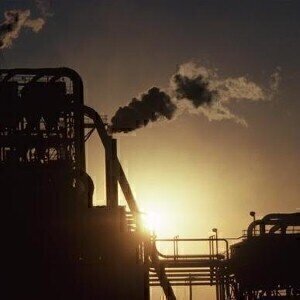Air Monitoring
Blue Light Converter Signals Way Forward For No2 Measurement
Apr 07 2011
Local authorities seeking more accurate NO2 readings should consider using analysers which incorporate ‘Blue Light Converters’ says air quality monitoring specialists Enviro Technology.
This comment comes following a presentation held at the Royal Society of Chemistry / AAMG Conference in December 2010 by EMPA (Switzerland) – an independent research and services institution for material sciences and technology development – on NO2 measurements with different converters.
The presentation, a full copy of which can be found on the RSC AAMG website www.rsc.org, focussed on the difference between NO2 measurement using chemiluminescent analysers incorporating molybdenum converters versus analysers incorporating optical UV photolytic or blue-light converters (BLC) to measure NO2.
One test carried out reported that NO2 readings by a traditional chemiluminescent analyser with molybdenum converter was 45% higher than that of a blue light converter, thus potentially over-reading NO2 levels significantly.
Says sales and marketing director Duncan Mounsor: “For the last 30 years it has been the norm to measure NOx using chemiluminescent techniques.
“It appears now that, following on from comprehensive scientific research, the overall accuracy of this type of measurement for NO2 may be subject to additional uncertainty. This is primarily as a consequence of traditional molybdenum converters not being 100% specific and therefore converting other Nitrogen compounds, and not just NO2, which can lead to overestimation.”
Unlike other types of direct reading NO2 technologies such as Differential Optical Absorption Spectroscopy (DOAS) or Wavelength Scanned Cavity Ringdown Spectroscopy (WS-CRDS), Chemiluminescent NOx analysers only ‘calculate’ NO2 by subtracting the NO measurement from the total NOx measurement, and it is the type of converter used in the NOx measurement phase that ultimately determines the accuracy of the NO2 calculation.
So called Blue Light Converters use an array of UV diodes to convert NO2 to NO at a specific wavelength which is absolutely specific to the NO2 molecules, so that they get converted and other Nitrogen compounds do not.
This form of conversion is highly selective, so ultimately a far more accurate NO2 reading can be calculated.
Continues Duncan: “With NO2 levels steadily rising in some areas of the UK, more and more local authorities will want to be sure their NO2 readings are as accurate as possible, particularly if current levels are close to the limit values with regards to declaring LAQMA’s etc.
“We keep our finger on the pulse when it comes to innovative technology for air quality monitoring and we can offer clients a choice of technologies for the measurement of NO2 and NOx including Chemiluminescent NOx analysers with Blue Light Converters and also direct reading DOAS and WS-CRDS NO2 measurement systems”
Digital Edition
AET 28.3 September 2024
September 2024
Business News - ENVEA announces acquisition of APAQ Group - SICK and Endress+Hauser sign strategic partnership - Efforts to curb gas flaring intensify amid environmental concerns Air Monito...
View all digital editions
Events
Sep 21 2024 Tianjin, China
Meteorological Technology World Expo 2024
Sep 24 2024 Vienna, Austria
Water Africa and East Africa Building & Construction
Sep 24 2024 Kigali, Rwanda
Elmia Water and Wastewater Fair - POSTPONED
Sep 24 2024 Jonkoping, Sweden
Sep 25 2024 Vientiane, Laos



















